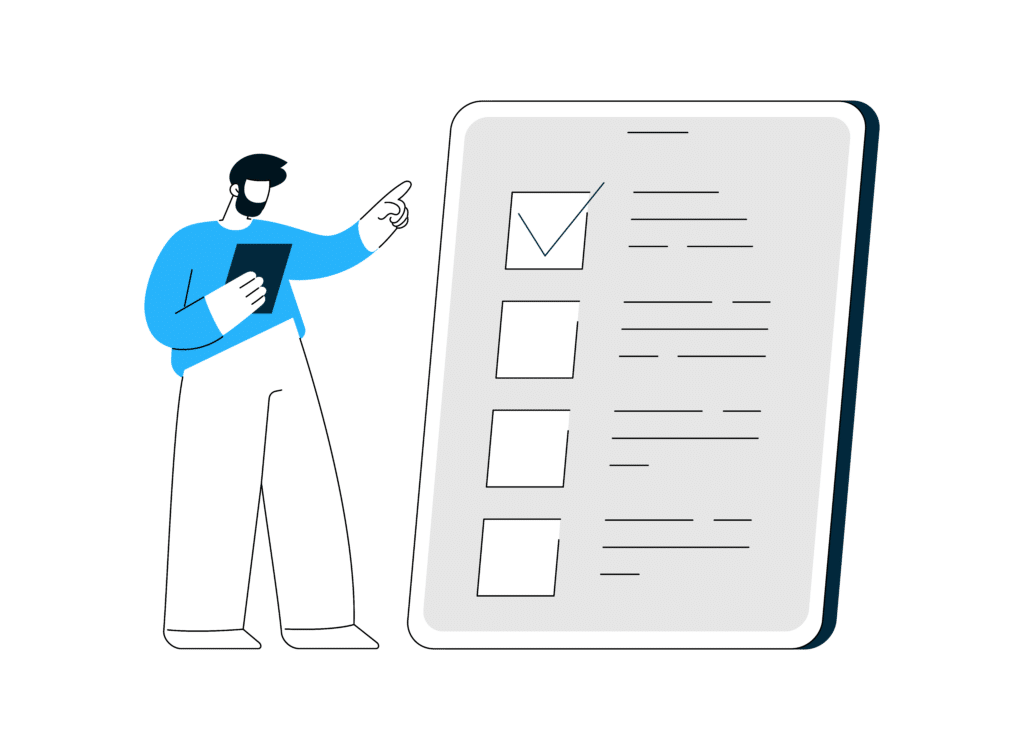Today’s regulatory landscape is complex and highly variable. Around the world, governments, trade authorities, financial institutions, and even individual companies have created a lot of compliance requirements that apply to any business operating in their jurisdiction or industry, regardless of where that business is based. This has led to a tight web of international, national, regional, and industry-specific standards, rules and regulations.
To put it simply: compliance is complex, and this entanglement of regulations can lead to businesses and organizations inadvertently violating compliance rules in their policies and day-to-day operations. Compliance monitoring, which refers to the continuous assessment of whether your organization is compliant with regulatory requirements, is a vital component of an organization’s compliance management system and cybersecurity posture.
In this article, we’re going to dive deeper into the world of compliance monitoring. What is it exactly and why is it important? What are the consequences if you don’t get it right? And how can you improve your compliance monitoring? Read on and find out!
What is compliance monitoring?
Compliance monitoring is the process of verifying your adherence to regulatory requirements or policies. It allows you to effectively identify and assess compliance risk issues in day-to-day processes and operations. The main goal of compliance monitoring is to ensure that the protection and privacy of data are maintained, and regulatory compliance standards are consequently met. Compliance monitoring is a pretty dynamic process. It involves the constant surveillance, review, and analysis of regulatory requirements, compliance strategies and workflows.
Why compliance monitoring is essential
Compliance monitoring is a top priority for every organization in today’s challenging regulatory landscape. Without effective compliance monitoring, many things can go wrong.
Prime examples are:
- Hefty fines. Fines for non-compliance are costly. They can reach tens of millions of dollars or a serious percentage of your annual revenues.
- Legal issues. If you neglect compliance, you could end up in court and face long hearings and expensive lawsuits.
- Reputational damage. Not complying with important rules and regulations often decreases public trust in your organization.
More on the consequences of non-compliance here.
The key components of an effective compliance monitoring plan
Effective compliance monitoring requires a comprehensive approach and good plan.
Let us take a look at the key components of it.

1. Compliance risk assessment
Compliance management is all about knowing and recognizing the risks that have the potential to impact your organization. A compliance risk assessment allows you to identify potential areas of non-compliance and assess the risks that each of them poses. With this information in hand, it becomes a lot easier to allocate resources to the dangers that matter most to your specific organization.2. Compliance policy
Once you’ve identified the most pressing compliance risks and issues, you can move on to developing a compliance policy. This strategic document should provide clear compliance procedures and must be adequately communicated to all members of your workforce.3. Training employees
Humans are often the weakest link in the compliance chain. And organizations also often forget that compliance isn’t the sole responsibility of the compliance team, but an organizational team effort instead. That’s why it’s so important to make every employee understand their role in the compliance process. The right training programs can help them grow in their roles and become guardians of compliance instead of liabilities. Conduct training sessions regularly and make them interesting and enticing.4. Monitoring and testing strategies
The aforementioned components of a strong compliance monitoring plan are largely theoretical. Conducting regular tests allows you to check the practical impact and success of what you thought out behind the drawing board. Does your program really excel at spotting vulnerabilities and providing quick remediation, or does it still need some twitches or major improvements? Testing will provide the answers.5. Implementing corrective action (if necessary, of course)
When the testing process identifies areas of non-compliance, your strategy should also include the right corrective actions and remediations. These could include the revision of internal policies, rethinking compliance workflows, and investing in better compliance solutions.6. Regular audits
Regular audits can also be a valuable part of the compliance equation. They can provide you with more rigor and extra checks and balances. Additionally, they can also serve as a historical record for compliance activities and can even be shared with regulatory authorities to demonstrate your goodwill and accountability.7. Automation and technology
Technology and automation can enhance the components of your compliance monitoring plan. They have the potential to make the steps that you go through less error-prone, allow you to skip many repetitive and manual tasks, and create a world of opportunities in the field of reporting, threat detection and auditing.Challenges in compliance monitoring
Sounds nice, doesn’t it? However, devising an excellent compliance monitoring plan doesn’t mean that compliance monitoring doesn’t come with its fair share of challenges.
These difficulties include:
- A lack of resources. Smaller organizations might struggle with allocating sufficient resources for compliance monitoring. This makes maintaining compliance with regulatory requirements a challenging endeavor.
- The complexity of regulations. Keeping up with the growing and changing plethora of international, national and regional rules and regulations can be overwhelming. This is especially true for businesses that operate across multiple jurisdictions.
- Integration. Implementing an effective compliance monitoring program requires combining data from multiple business systems, including compliance management software, data analytics software, reporting tools, and data warehouses. A lack of integration leads to issues with data accuracy and duplication but can also produce compliance gaps.
- Compliance monitoring can cost you handful of time, especially if many of your processes are still carried out in a predominantly manual fashion. Increased complexity and an increase in the number of errors and inaccuracies inaccuracies are often the unwelcome result of a lack of compliance automation.
Solutions for optimizing your compliance efforts
Luckily, there’s no need to panic or abandon hope. RegTech tools have come a long way since their humble beginnings and have become powerful allies in simplifying and enhancing compliance efforts.
The Be Informed platform is a great example of this. First of all, it integrates smoothly with existing systems. So, no headaches from trying to merge the old and new processes. Secondly, users can import, annotate, interpret, and convert regulatory data into machine-readable formats. These structured outputs in turn establish a direct link between the application and regulatory sources. As a result, enhanced traceability helps minimize misinterpretation, ensuring that compliance efforts remain aligned with the latest regulations. So, monitoring your compliance gets easier and more effective.
The Be Informed platform has proved its value in many real-world compliance scenarios. The Multi Tax Solution (MTS), which was built on the Be Informed platform, is a solution that aids governments in boosting compliance, cash flow, service quality, and cost reduction. The combination of our platform and the knowledge of specialists from the aviation community led to the creation of our International Trade and Transport Compliance solution. This powerful tool saves organizations significant time, money and worries, helps them to avoid delays, fines and disputes, reduces manual work, and ensures compliance throughout the entire supply and transport chain.
Ready to improve?
Proper compliance monitoring helps you effectively manage the risks to stay on top of the shifting regulatory landscape. And the Be Informed platform helps you automate your compliance management processes to make the checks easier by removing the manual work and dealing with the regulatory complexity.









